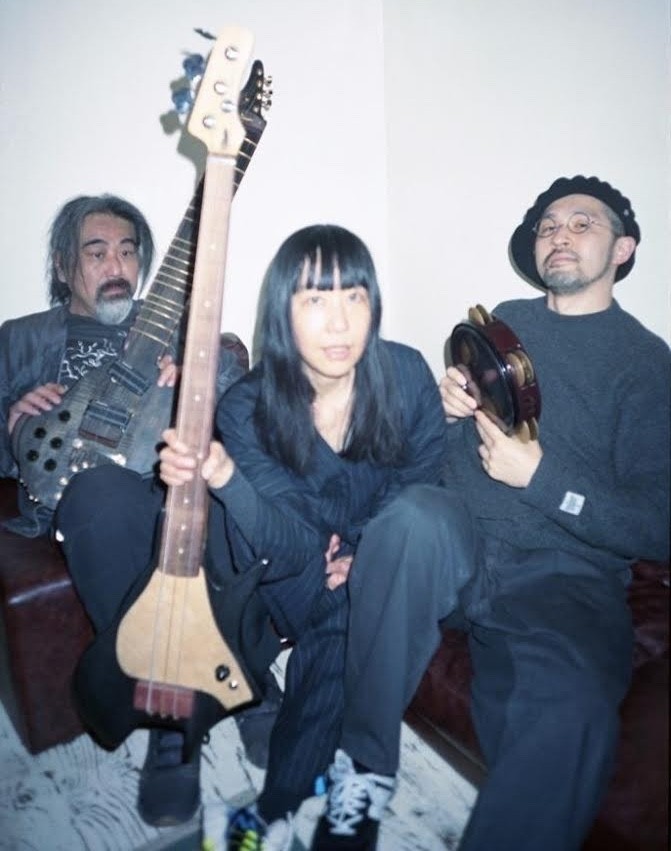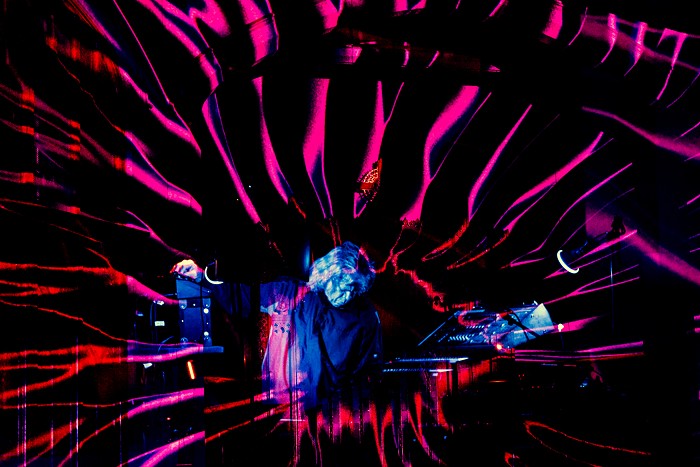Percussion music," announced John Cage to a gathering of artists and art lovers in Seattle 1937, "is a contemporary transition from keyboard-influenced music to the all-sound music of the future. Any sound is acceptable to the composer of percussion music..."
Cage proved prophetic. In the early 20th century, writing music for brake drums, rattles, tom-toms, gongs, and other rhythm instruments offered composers an alternate route away from the usual path of writing for symphony orchestras. Following the lead of Amadeo Roldán's Ritmica No. 5 (1930) and the radical Ionisation (1931) of Edgard Varèse, Cage, Henry Cowell, and Lou Harrison composed percussion pieces that remain breathtakingly orchestral in timbral invention. Listen to the eerie, shivering howls rubbed from the piano's strings in Cowell's "The Banshee" (1924) or the pageant of thumps, pings, and booms heard in "Pulse" (1939) and Cage's Third Construction (1940), and you'll hear yesteryear's "noise" become today's "music."
Cornish College of the Arts' festival Drums Along the Pacific (Thurs–Sun March 26–29, Cornish College PONCHO Concert Hall, 710 E Roy St, various times, $7.50/$15 or $30/$45 for a festival pass) reaffirms Seattle's role in the history of percussion music. In 1939, Cage, then a Seattle resident, and Lou Harrison presented a series of all-percussion concerts in town and around the Northwest.
The first evening of the festival honors Cowell (1897–1965), whose treatment of the piano as a raw, occult percussion instrument foreshadowed Cage's prepared piano. Along with "The Banshee" and "Pulse," an all-star cast of musicians—including Stephen Drury and the Pacific Rims Percussion Quartet—perform "Aeolian Harp," Homage to Iran, "The Tides of Manaunaun," and more. And don't miss Friday's Lou Harrison concert, which includes Double Music, composed in collaboration with Cage, and the whimsically titled Symfony #13. Harrison (1917–2003) staked out a unique place in American music by creating melodious yet challenging compositions influenced by Korean court music, Cantonese opera, and the tuned percussion of Javanese gamelan.
Dubbed a charlatan and a "destroyer of music," Cage redrew the border shared by noise, sound, and music by writing pieces for turntables and radios, percussion ensembles, and—with the revolutionary 4'33"—silence. The festival's two-part Cage marathon on Saturday includes Third Construction, Imaginary Landscape No. 1 (for two variable-speed phonographs, piano, and cymbal), Cheap Imitation, and much more. The festival concludes on Sunday with Gamelan Pacifica reviving Harrison's enchanting Concerto for Piano with Javanese Gamelan. See www.cornish.edu/drums for a full schedule.
Finally, don't miss the Tony Grasso Saxophone? Quartet! (Fri March 27, Egan's Ballard Jam House, 9 pm, $10), whose unusual punctuation alludes to the presence of a single trumpet among a trio of saxophones. ![]()


















